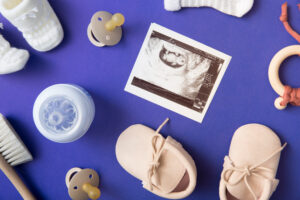Your body undergoes many changes during pregnancy, and one of the most noticeable changes occurs in your breasts. Understanding what’s happening and how to care for your breasts can help make the transition smoother. Here’s what you need to know about breast changes during and after pregnancy.
Breast Changes During Pregnancy
During pregnancy, your breasts undergo many changes in preparation for lactation. One of the earliest signs of pregnancy is often breast tenderness or soreness, which can be caused by increased hormone levels. You may also notice that your breasts feel heavier, fuller, and more sensitive.
As your body prepares for lactation, your milk ducts may become more noticeable and your areolas may darken and increase in size. You may also develop Montgomery’s tubercles, small bumps around the nipple that secrete an oil to lubricate the breast during breastfeeding.
Breast Changes During Breastfeeding
Once your baby is born, your body continues to change to support breastfeeding. Your milk will “come in” a few days after birth, which can cause your breasts to feel engorged and swollen. You may also experience letdown, a reflex that causes your milk to flow when your baby nurses or when you hear a baby cry.
Breastfeeding also changes the appearance of your breasts. Your breasts may increase in size and become more veiny or lumpy. Your nipples may also become sore or cracked from frequent nursing.
Caring for Your Breasts
To care for your breasts during pregnancy and breastfeeding, it’s important to wear a supportive, well-fitting bra. A bra that is too tight or too loose can cause discomfort and even lead to mastitis, a painful breast infection.
You can also use warm compresses or take a warm shower to relieve breast tenderness and engorgement. Massaging your breasts or using a breast pump can help stimulate milk flow and relieve pressure.
Eating a healthy diet rich in nutrients like vitamin D, calcium, and omega-3 fatty acids can also support breast health during pregnancy and breastfeeding.
Conclusion
In conclusion, understanding the breast changes that occur during and after pregnancy can help you feel more prepared and confident as you navigate this transformative time. By taking care of your breasts and seeking medical attention when needed, you can help ensure a healthy pregnancy and breastfeeding journey.





